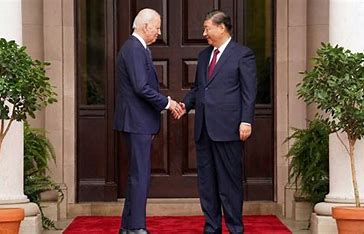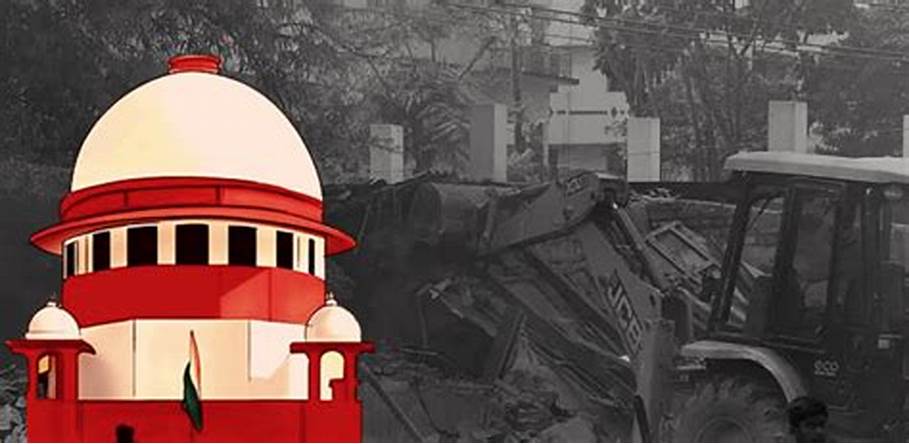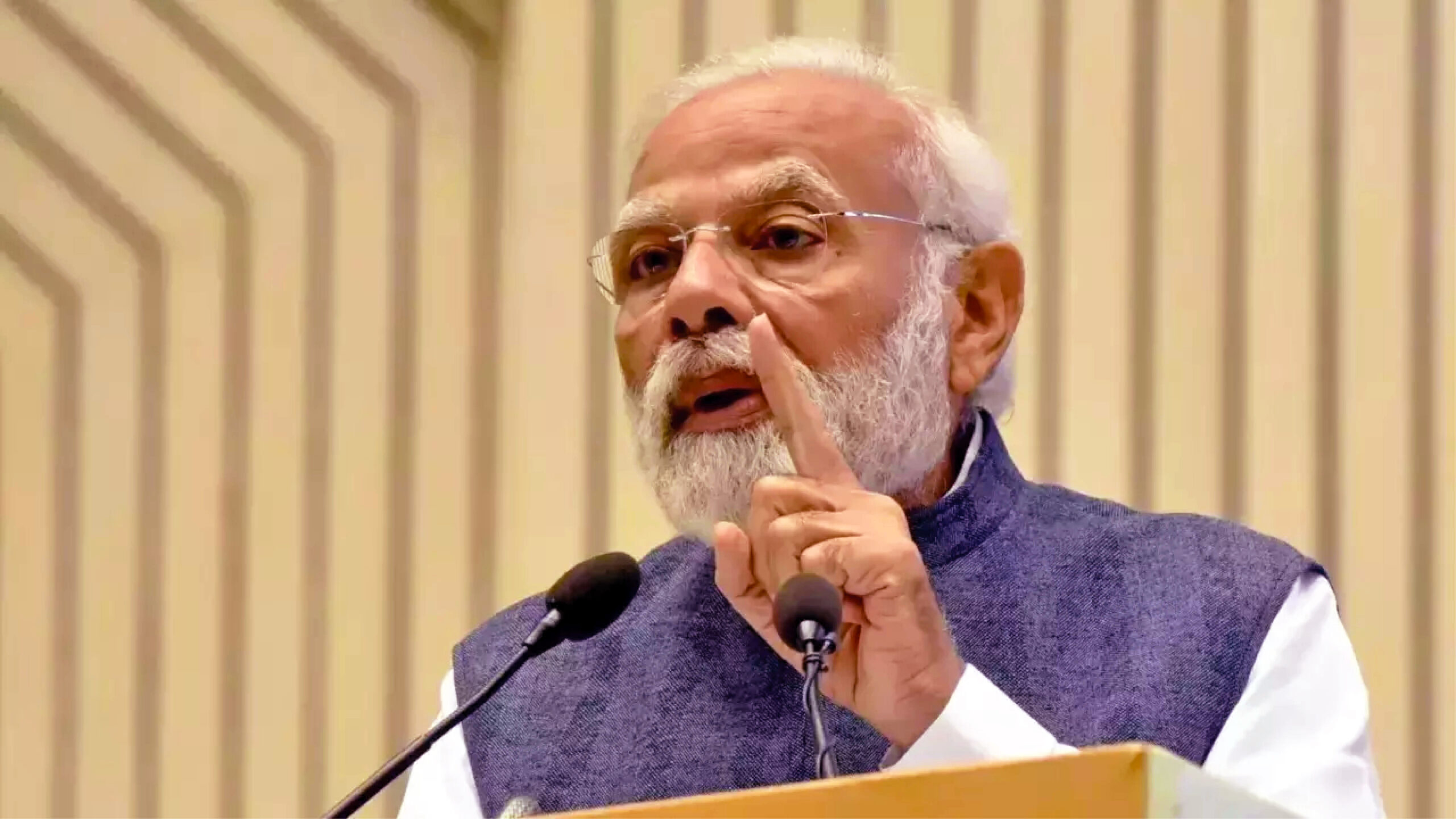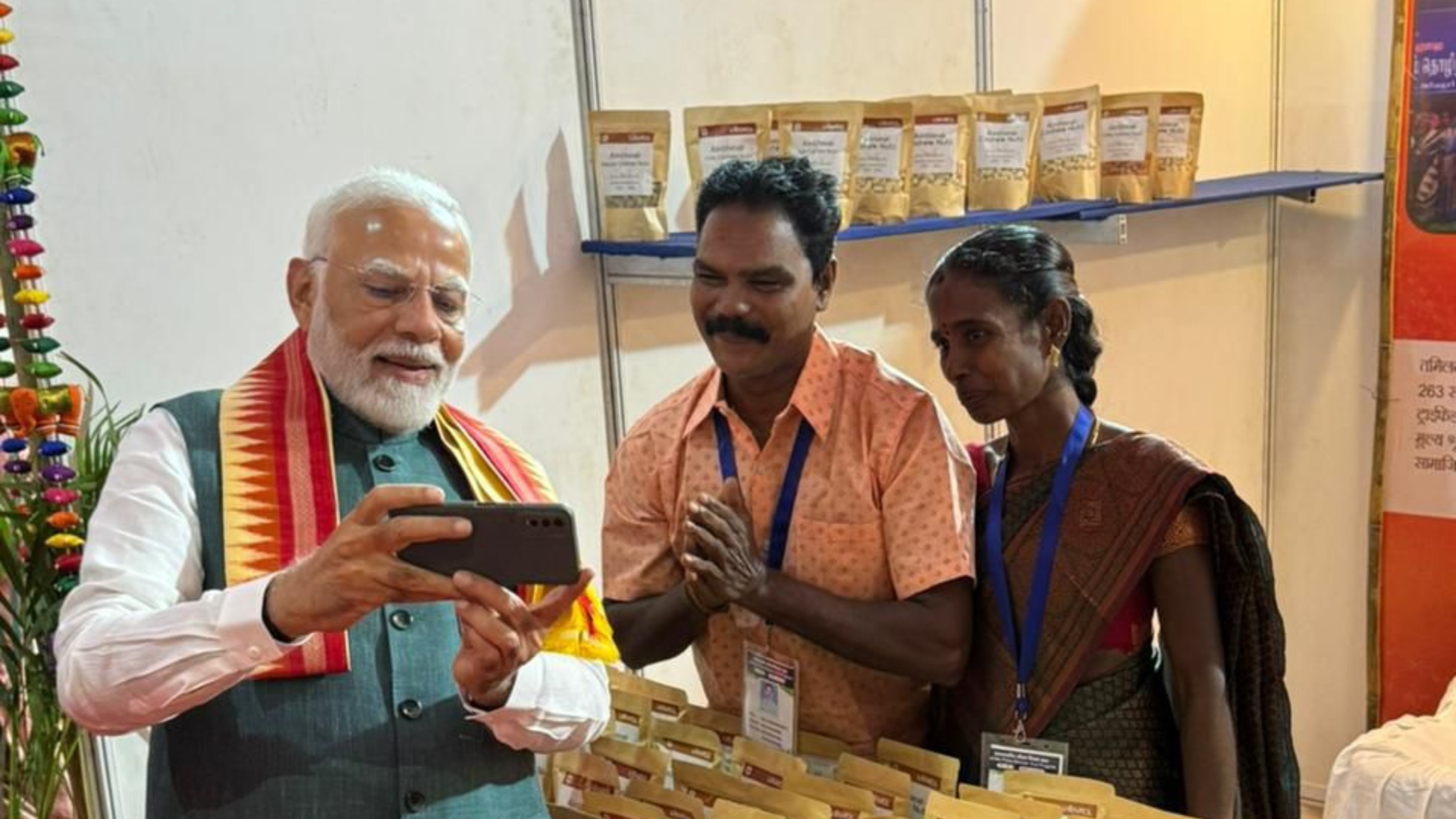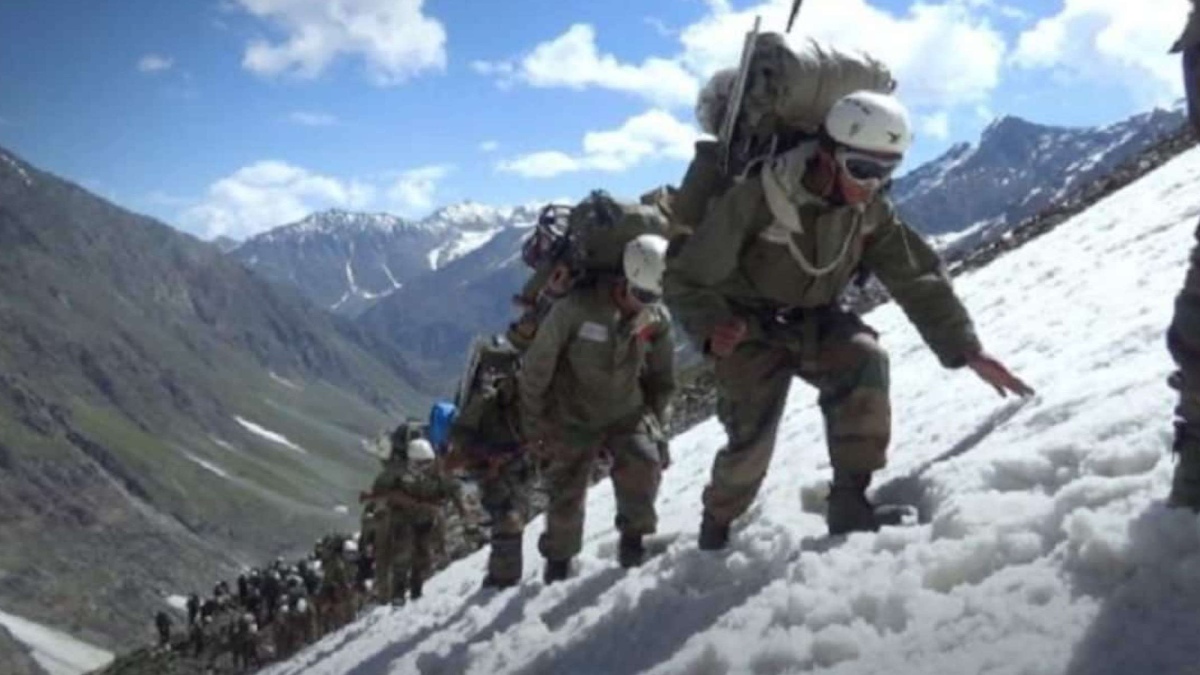
BACKDROP
For decades, the strategic planners of India have been boosting offensive capability along the western borders for credible deterrence and remained contented with limited offensive capability with a reactive mindset along the northern and eastern borders, against the basic military strategy which says that “offense is the best form of defence” and a defender can at best respond to the offensive as he doesn’t have the initiative. The number of strike corps earmarked for the western borders versus the northern/eastern borders bears testimony to this observation. WAS OUR STRATEGY AGAINST CHINA REACTIVE? One of the reasons for adopting a reactive/dissuasive strategy against China by various decision-makers was unwarranted faith in the confidence building measures (CBM) between China and India, in the form of various Border Peace and Tranquility Agreements (BPTA), although the basis of the faith was unrealistic, in light of the Chinese’s repeated misadventures like in 1962, Sumdurong Chu, Doklam, to name a few. The fact that the Chinese have been dragging their feet on the demarcation of the LAC/border settlement also proves the fragility of any agreement with them. Except for a few proactive actions at tactical/operational level like the Pangong Tso heights, Nathu La and Doklam, by and large, the Indian strategy against China has been reactive. Voices for China being “Enemy No. 1” and proposals to have mountain strike corps have been on the tables of South Block for long, but the delay in complete raising of the Mountain Strike Corps has been apparently due to economic and bureaucratic reasons, together with the idea of not disturbing peace and tranquility on the borders, due to an over-reliance on CBMs, BPTA and other agreements, despite China violating them repeatedly. The fact is that incidences of patrol clashes and soldiers pushing each other, having different perceptions of the LAC, have been quite frequent, which remains an unsatisfactory arrangement for any professional force to guard the borders/LAC without firing.
ISN’T THERE AN INESCAPABLE NEED FOR THE MOUNTAIN STRIKE CORPS NOW?
After China junked all the CBMs in Eastern Ladakh, and became reluctant to disengage in ‘other areas’ after disengaging in North and South of Pangong Tso, it is evident that de-escalation is nowhere in sight. The campaigning season is approaching with summers, which can again lead to heavy troop concentration by both sides. With many similar actions taken by China along the LAC in the past few decades, it is evident that a reactive, defensive strategy will not influence China to negotiate the LAC/borders, which is important to avoid repeated standoffs. The need of a dedicated Mountain Strike Corps for India is inescapable to create worthwhile punitive deterrence against China, which can also be used elsewhere. As per media reports, some realignment/rebalancing of existing offensive forces, grouped with adequate mechanized forces and other elements is being done to create corps-level offensive capability for the northern theatre and partially raised ‘Mountain Strike Corps’ for the eastern theatre, with adequate flexibility of application in other theatres. It makes strategic sense to meet the offensive requirements of various theatres and is a reasonably practical option, till India completes further capacity building.
STRIKE CORPS HEADQUARTERS VERSUS INTEGRATED BATTLE GROUPS UNDER THEATRES
The much-referred division/independent brigadesized ‘Integrated Battle Groups’ is a concept tried in many exercises in the recent past with adequate media coverage, but there is a need for all such forces to operate under offensive Corps Headquarters, tasked for an offensive role in the adversary’s territory, so that they are oriented, trained and equipped accordingly, which is a time-consuming process. Historical experience of operations in these areas indicates that the theatre commanders, by virtue of such long borders and wide span of control, had a tendency to manage their defensive posture as a higher priority. To create a deterrence and not be reactive, India needs offensive Corps Commanders to be looking for objectives into the adversary’s territory and posturing accordingly. The logistics requirements and equipment profiling of an offensive corps has to be much different in terms of light tanks, guns, clothing and other equipment. It needs detailed planning and earmarking resources, which IBGs are not designed to handle, and theatre headquarters will find it difficult to concentrate on offensive build up due to the large span of control. The Mountain Strike Corps Commander will be able to pick up his objectives across the LAC, capable of threatening its vital objectives, oriented, trained, equipped and organized with logistics set up to sustain forces across the LAC, which will improve the punitive deterrence capability of India. There may be a need to locate parts of such offensive corps at heights to minimize the acclimatization requirements, to cut short the mobilization timings. It is therefore recommended that the Mountain Strike Corps be developed with Corps Headquarters, IBG and other components as part of it, on priority. This will impose the required cost on China, making settlement of the LAC/border issue a better option than not doing so.
FUTURE MILITARY STRATEGY IN DEALING WITH AN AGGRESSIVE CHINA
India needs to adopt a multipronged strategy to include military, economic, diplomatic and other elements of power. Preparing for a ‘Two Front War’ for India is not a choice, but a compulsion, although it may or may not happen. The only way to avoid the ‘Two Front War’ for India is to convince the potential adversaries that it is capable of fighting it successfully and posing multiple fronts for China. This convincing has to be backed by building the capability to do so. India seems to be working on it, fast-tracking procurements and boosting indigenous production of necessary equipment through ‘Aatmanirbhar Bharat’, besides a tough stance by the Forces on the borders. India needs to be prepared to pose a threat to Chinese vulnerabilities in the maritime domain in collaboration with the Quad and other friendly navies. The overall strategic approach has to be proactive at the tactical, operational as well as strategic levels.
Maj Gen S. B. Asthana (retd) is a strategic and security analyst, a veteran Infantry General with 40 years of experience in national and international fields and the UN. The views expressed are personal.
